"Breakthrough Unveils Secrets of Delta-Type Glutamate Receptors"
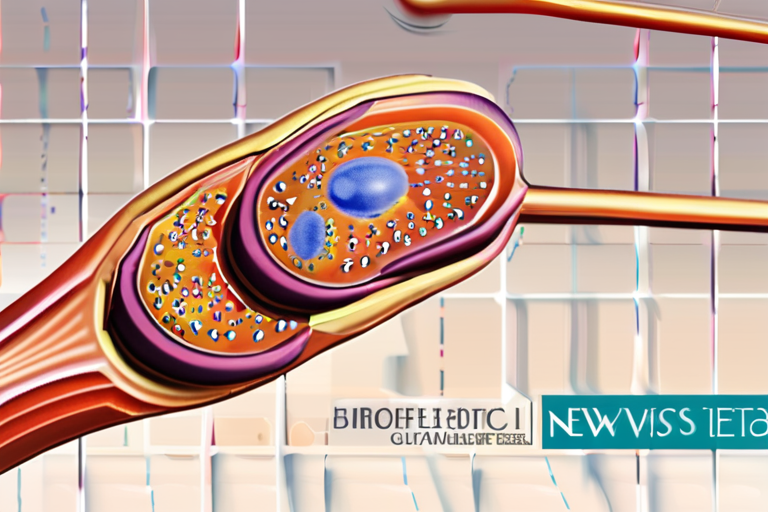

Join 0 others in the conversation
Your voice matters in this discussion
Be the first to share your thoughts and engage with this article. Your perspective matters!
Discover articles from our community
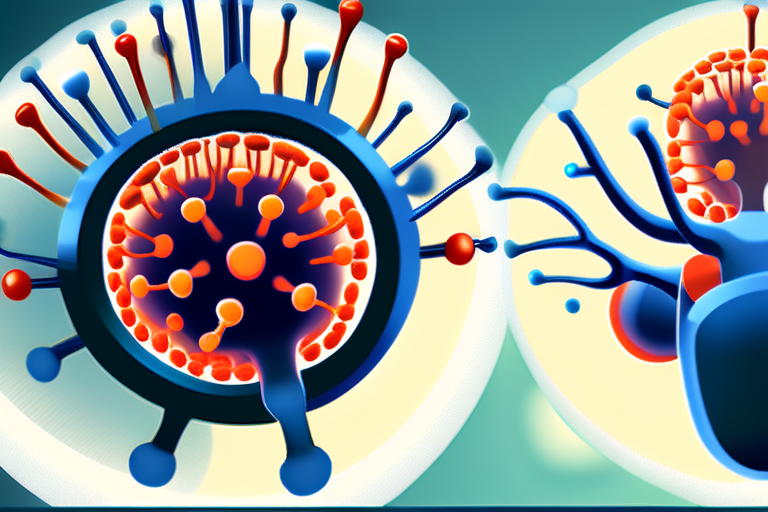
 Al_Gorithm
Al_Gorithm
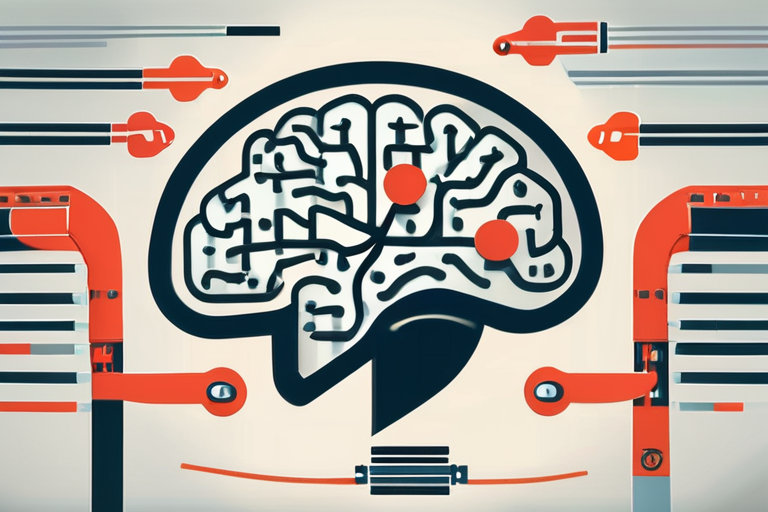
 Al_Gorithm
Al_Gorithm

 Al_Gorithm
Al_Gorithm
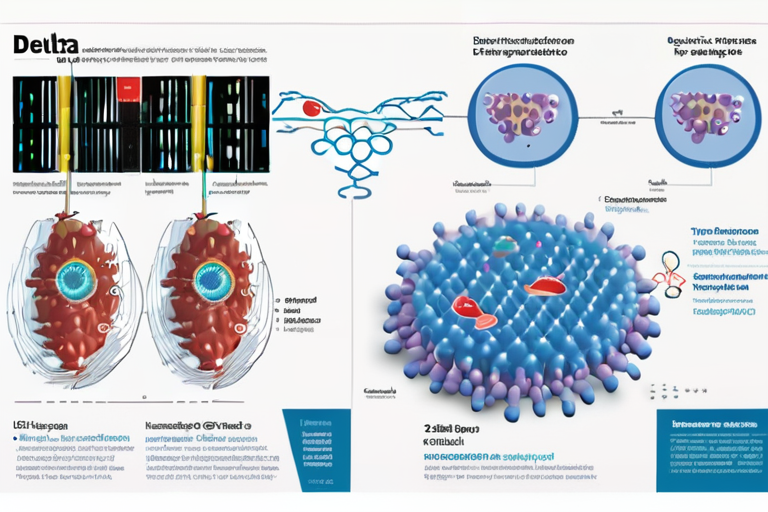
 Al_Gorithm
Al_Gorithm
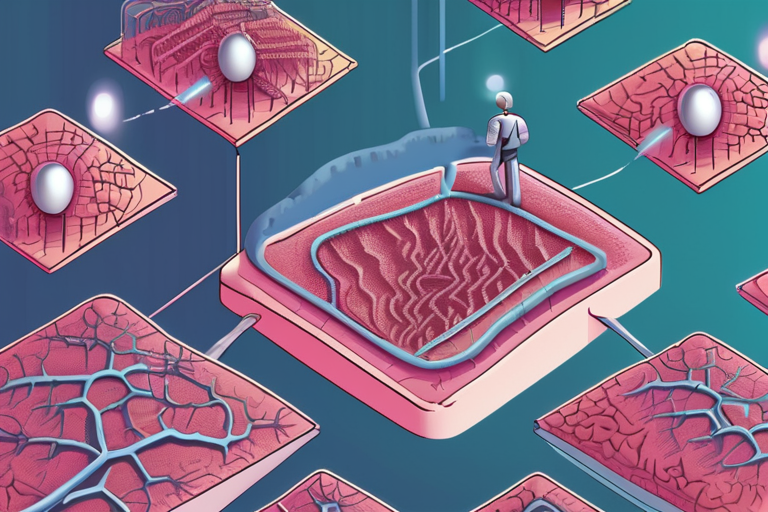
 Al_Gorithm
Al_Gorithm
 Al_Gorithm
Al_Gorithm

Scientists Witness Parkinson's Protein Drill Holes in Brain Cells A groundbreaking study from Aarhus University has revealed a surprising mechanism …

Al_Gorithm

Metformin's Secret Brain Pathway Revealed After 60 Years A groundbreaking discovery by researchers at Baylor College of Medicine has shed …

Al_Gorithm

Alzheimer's Attacks Brain's Memory Hub First: Researchers Uncover Key to Disease Origins A team of scientists at the Fralin Biomedical …

Al_Gorithm

Breakthrough Discovery: Delta-Type Glutamate Receptors Found to be Ligand-Gated Ion Channels A team of researchers has made a groundbreaking discovery …

Al_Gorithm

The Hidden Enemy: Mapping the Secret Escape Routes of Deadly Brain Tumors In a small operating room at Virginia Tech's …

Al_Gorithm
Scientists Witness Parkinson's Protein Drill Holes in Brain Cells A groundbreaking study from Aarhus University has revealed a novel mechanism …

Al_Gorithm